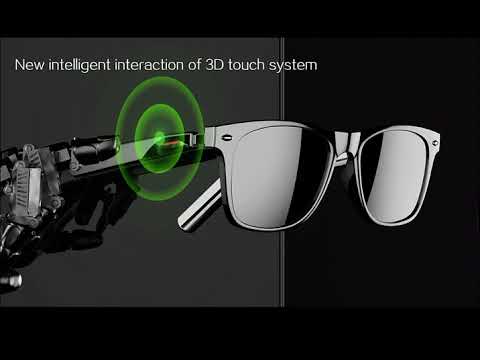
NEW ARRIVALS
TUTT Wireless HDMI Transmitter & Receiver Kit | 1080p Plug-and-Play Screen Mirroring
TUTT Wireless HDMI Transmitter & Receiver Bundle The TUTT Wireless HDMI Kit is a professional plug-and-play solution that eliminates cable clut...
View full detailsTUTT 15.6” Camera Smart Display Digital Calendar – Android 14 with Video Call Feature | Chore Chart | Bright Digital Photo & Video Frame Wall Mounted & Desktop
TUTT 15.6” Camera Digital Calendar – Android 14 Smart Display The TUTT 15.6” smart calendar display is built to streamline daily household planning...
View full detailsTUTT 6” eReader 64GB with Touchscreen | Dual Front Light E-Ink + Protective Case E5
TUTT 6" Android eReader E5 | 64GB, E-Ink Display, Dual Front Light, USB-C The TUTT 6-inch Smart eReader is built for readers who demand clarity, c...
View full detailsTUTT eReader 5.76” Touchscreen | 32 + 128GB (SD Card) Protective Case | E-ink Ultra Light & Slim E3
TUTT E603 Android 11 eReader with 128GB SanDisk Card, USB Reader & Protective Case | 5.76” E‑Ink | MicroSD Expandable | Ultra Light & Slim...
View full detailsTUTT Docking Station Hub for Laptop Screen Extender | Triple 4K HD Display, 100W PD USB-C | 16-in-1 USB-C V8
16-in-1 USB-C Multi-Functional Docking Station Universal Hub with Triple 4K Display, 100W PD Charging & Rotating Magnetic Stand ✓ Plug & Pl...
View full detailsLet customers speak for us
What customers think about the store
This store offers diverse tech products with good quality and packaging. Customers appreciate quick shipping, professional technical support, and responsive customer service. Many users praise the functionality and value of monitors, watches, glasses, and othe...
AI-generated from customer reviews.
Blog posts
-
 Boxing Day 2025 unveils refined traditions, luxe sales, and calm-after-storm reflections—your guide to elegant deals, cultural rituals, and savvy savings.Read now
Boxing Day 2025 unveils refined traditions, luxe sales, and calm-after-storm reflections—your guide to elegant deals, cultural rituals, and savvy savings.Read now -

Black Friday Tech Deals Strategy: When to Buy Electronics
Black Friday Tech Deals Strategy: When to Buy Electronics — crack the timing, dodge price traps, and snag the best gadgets before they sell out.Read now -

Future of Smart Displays: Market Growth, AI Integration & Strategy for TUTT Canada
Read nowThe smart display category is rapidly evolving, driven by AI, IoT integration, and demand for smart-home control. Learn how TUTT Canada can lead in this growing sector, offering personalized, secure, and future-proof display solutions across residential and commercial markets

























































